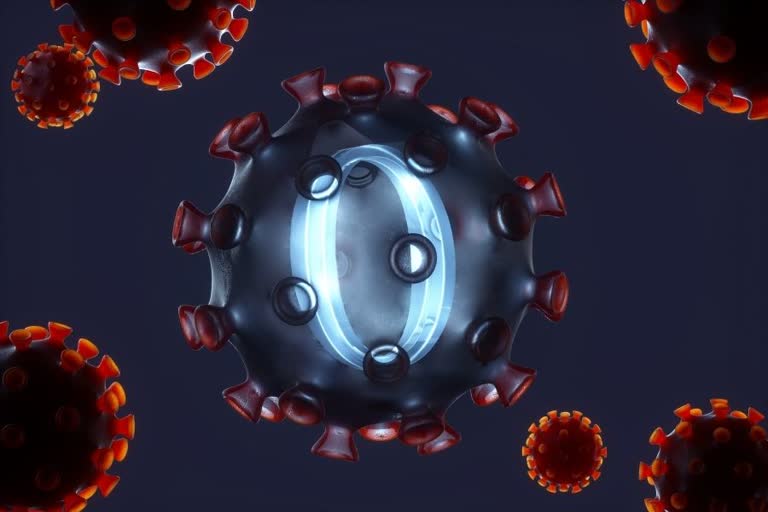Very early indications from Africa suggest it does not cause particularly severe disease (though the World Health Organization has urged caution given the limited data available). At this point, it isn't clear whether it has any greater capacity to evade vaccines than other SARS-CoV-2 strains such as Delta.
It is very common for viruses to become less virulent (that is, cause less severe disease) once they become established in a population. The classic example is myxomatosis, which killed 99% of rabbits when first introduced into Australia, but now causes much lower mortality.
Some experts have predicted COVID will also become less severe as it transitions to an endemic level of disease – settling into a predictable pattern of infections in a given location. It is possible the Omicron variant may be the first step in this process.
Why do some variants become dominant?
Evolutionary biology suggests variants are more likely to thrive if they increase more rapidly in the human population than current strains. This means two things: strains with a higher R number (the basic reproduction number, or the average number of people an infectious person will likely infect) will replace those with a lower R number.
Additionally, strains that lead to the host being infectious earlier will replace those that take longer to become infectious. So strains with a shorter incubation period replace those with a longer incubation period. This appears to be the case with Delta, which has a shorter incubation period than the strains before it.
Viral strain evolution needs to be considered in the particular population in which the variant appears. Disease evolution is expected to work differently in a population with low levels of vaccination compared to one with higher levels of vaccination.
In a largely unvaccinated population, like South Africa where roughly 25% of the population is vaccinated and the Omicron variant was first detected, strains with a high R number will stand a better chance of taking hold. But in a highly vaccinated population, strains that are better able to evade the vaccine will be more likely to dominate, even if they have a lower R number in unvaccinated people.
Also Read:IIT Guwahati researchers develop masks alternative to N-95 masks
Less severe symptoms may fuel spread
